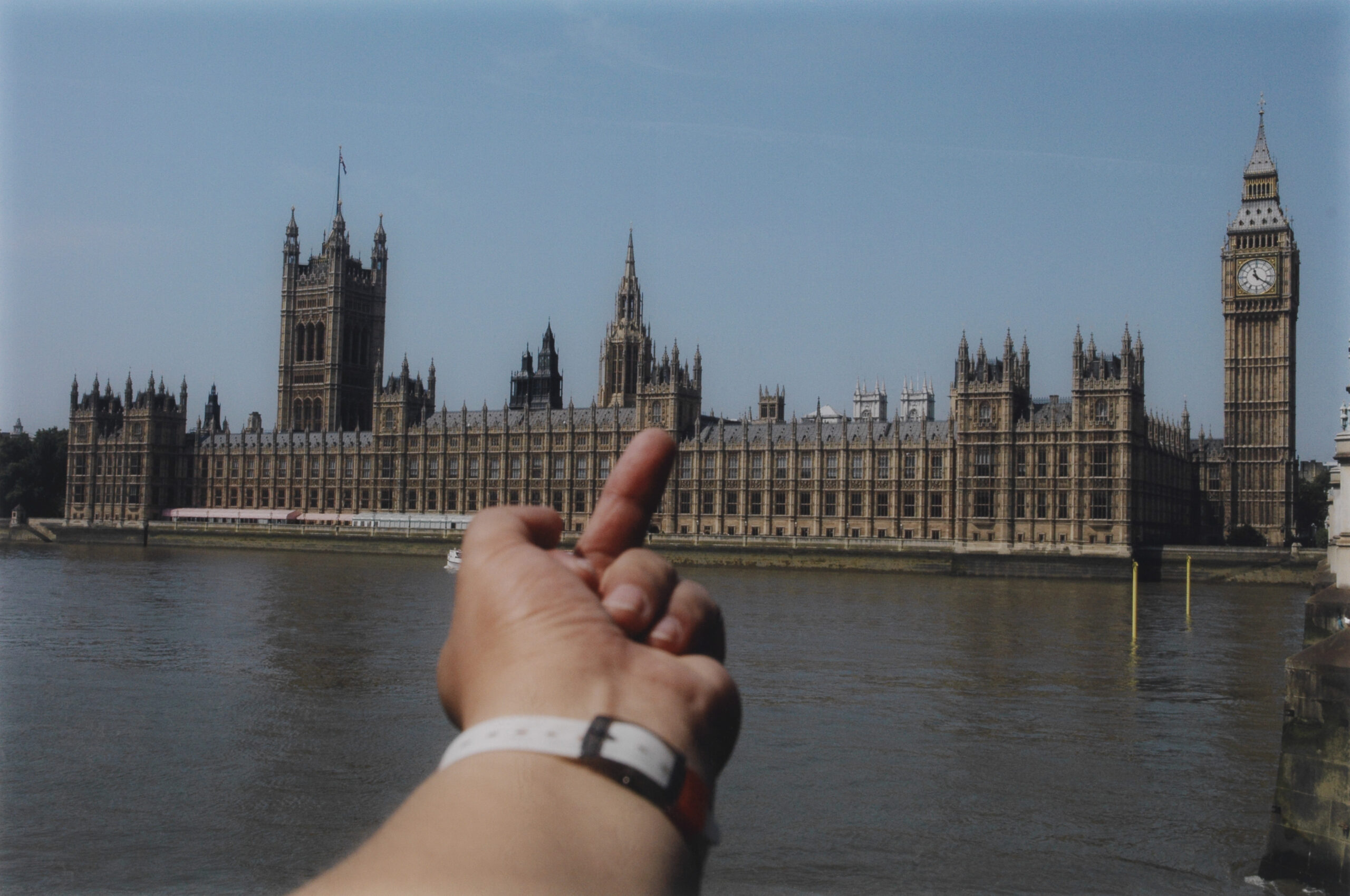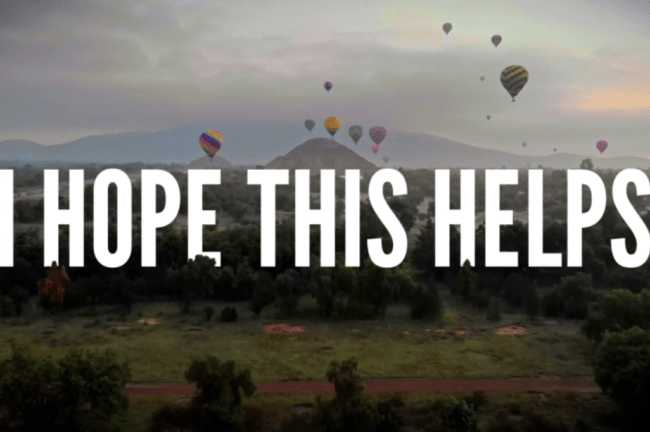Q2 2023: The Uncensored Issue

“No price is too high when asking for social justice.
Personal freedom is the goal of life and no price is too high.”
– Ai Weiwei on the price artists pay in their defence of human freedom.
Why is WikiLeaks looking to artists at a time of increased surveillance and governmental oppression? Our latest issue of the Scott & Co Quarterly highlights collaborations between creatives and campaigners advocating for freedom of expression. We are working with the London-based art organisation a/political on their newest exhibition States of Violence, organised alongside WikiLeaks and the Wau Holland Foundation. This is the first time the online media organisation has publicly partnered on a project of this kind. In a meeting of minds, a spokesperson for a/political describes the exhibition as, ‘two independent organisations that prioritise freedom of speech and felt a state of emergency’. The show brings together artworks and objects – from participants including Ai Weiwei, Vivienne Westwood, Forensic Architecture, Santiago Sierra and Andrei Molodkin – that shine a light on global power structures and make stark observations on the current political climate.
Among the works included is ‘SECRET+NOFORN’ (2022), by the Institute for Dissent & Datalove. It is the largest-ever physical publication of the US diplomatic cables released in 2010 by WikiLeaks, widely known as Cablegate. Opening just one of the 66 books could make you complicit with Julian Assange’s alleged crimes under the 1917 Espionage Act – exposing the extremity of the law that landed him in prison. Several of the artworks included in the exhibition have been censored elsewhere, suggesting that cultural settings are not always safe havens to interrogate these issues. In spite of these challenges, artists and activists are continually finding creative ways to defy attempted takedowns of personal freedoms – and isn’t that a risk worth taking?
The Digest
People, Places & Ideas
Don’t Delete Art (DDA) has published a manifesto for their project, which aims ‘to draw attention to the damage done when social media companies censor art, and to work towards greater protection of artistic expression across platforms’. (See the petition here)
Artist and activist Diana Weymar’s ‘Tiny Pricks Project’ is an ever-expanding community project that immortalises ex-president Trump’s words in stitching. (Instagram)
‘Limiting what people see and digest is ultimately about controlling a narrative for a mass audience in both the physical and virtual realms’. Gareth Harris discusses his new book, Censored Art Today, on the podcast ‘This Week in Art’. (The Art Newspaper)
Instagram might finally be about to free the nipple. What took them so long? (Vogue)
Best-selling author Chimamanda Ngozi Adichie recently gave the first of four of BBC’s 2022 Reith Lectures, discussing freedom of speech. (Listen here)
How far should disobedience go? DW looks at art censorship and the Just Stop Oil protests. (Deutsche Welle)
‘I find it paradoxical that, a couple of decades into the twenty-first century when people are able to express themselves freely every minute of the day, the world should still be closed-minded and exclusionary’. (Farah Nayeri in her book, Takedown: Art and Power in the Digital Age)
‘For museumgoers, the ethical dimensions of viewing plundered art have become impossible to ignore’. When visiting a museum becomes an ethical dilemma, what responsibility do we bear as spectators for supporting institutions that display what critics say are stolen works? (Charly Wilder, New York Times)
‘Everyone is policing everything, and the left are just as bad as the right’. Over lunch with Tim Adams, Professor Mary Beard connects classics to the current ‘culture wars’, and the importance of speaking your mind. (The Guardian)
‘But really when a public figure gets “cancelled”, what’s talking is not morality: it’s money’. How online conspiracy theorists are drawing a line from Balenciaga’s bondage-themed photoshoot to the art of the Chapman Brothers. (Tom Whyman, ArtReview)
Agenda
Dates for your Diary
9 April – 2 October
Thus waves come in pairs: Petrit Halilaj & Alvaro Urbano | Simone Fattal
Ocean Space, Venice
14 April – 31 March 2024
Remedios: Where new land might grow
C3A and TBA21, Andalusia
20 April – 20 May 2023
Sky Glabush: The Arrangement of Stars
Stephen Friedman Gallery, London
20 April
Indu Antony, Mindscapes Residency
The Museum of Art and Photography, Bengaluru
20 – 23 April
Mindscapes International Gathering
Bengaluru, India
27 April
Teorema screening + intro and talk with Bruce LaBruce
BFI Southbank, London
27 – 28 April
Bruce LaBruce: The Visitor
a/political, London
5 May
Abraham Cruzvillegas
kurimanzutto, New York
17 – 21 May
Frieze New York
The Shed in Hudson Yards, New York City
18 May
Peter & Matthew Kennard
a/political, London
20 May – 26 November
Biennale Architettura 2023
Venice, Italy
1 – 30 June
The London Festival of Architecture
London
2 – 4 June
London Gallery Weekend
London
Q3 2023: Harnessing Art for Healing

There is no denying the healing power of the arts for our mental health. Studies show how fundamental creativity is to the human experience, and the art sector continues to find new ways for culture to connect communities locally, nationally and across the globe. A prime example is Mindscapes, an international cultural programme produced by Wellcome Trust, which aspires to paint an honest and intimate picture of our collective mental health. One of its major projects, ‘I Hope This Helps’ is a first-of-its-kind feature film created by the award-winning production team behind Life in a Day – the largest mass-participation feature film in history. The producers are inviting anyone to submit video footage of what they have found to be most useful on their mental health journey, through a live open call that seeks to crowd-source footage from every corner of the world. The project aims to destigmatise discussions around mental illness, minimising the unnecessary side effects of shame and isolation, while also inspiring new research into areas that appear to make a difference. You can learn how to take part in this extraordinary project here.
Over the past year and a half, Mindscapes has staged a series of artist residencies, exhibitions and community events in cities around the world, including Bengaluru, Berlin, New York, and Tokyo. Centred on hyper-local conversations around mental health, the programme’s most recent iteration took place in Bengaluru, a city where multiple identities co-exist in the form of different languages and dialects. In this structure of segregation, artist-in-residence Indu Antony sought to find a common language for the women of the region, organising a series of workshops in Lingarajapuram where they stitched personal stories in cloth, while contemplating questions on well-being and identity. Some of these textile artworks were woven into a permanent place for the community called Namma Katte (Kannada for “Our Space”), while others are still on display in an exhibition at the Museum of Art and Photography in Bengaluru. The former setting serves as a place of leisure where women – irrespective of their age, caste, language, religion and work – can relax in a safe space for healing in togetherness.
What do these two projects have to teach us about art’s capacity for healing? Perhaps that creativity is the most powerful conduit for communicating shared struggles, despite our differences.
The Digest
People, Places & Ideas
Hospital Rooms, an arts and mental health charity, brings hope and healing to patients in London’s mental health facilities by commissioning site-specific, museum-quality art. (Louisa Buck, The Art Newspaper)
On Wednesday 2nd August, Tate Britain is hosting a discussion on mental health, representation, and art, chaired by Dr Maggie Matić, and inspired by their current exhibition The Rossettis. (Tickets available here)
British artist David Shrigley has often touted the power of the arts for mental and physical health, even using it to manage his own anxiety. His works and self-help book satirically address the highs and lows of life. (Instagram)
“We’re standing on the verge of a cultural shift in which the arts can deliver potent, accessible proven health and well-being solutions to billions of people.” (Ivy Ross and Susan Magsamen on their new book, Your Brain on Art)
Young people are creating an ‘online museum’ as a way of improving their mental health. The new research programme will run from 2023-2028, and is a collaboration between NHS Trusts, multiple UK universities, with museum and charity partners. (Read more about ORIGIN project here)
Creating art, as well as activities like attending a concert or visiting a museum, are crucial to our well-being. Here are some easy ways to elevate your mood through the Arts. (Christina Caron, The New York Times)
Agenda
Dates for your Diary
26 July – 4 October
de PURY Presents… 2023 Auction Series
1 – 4 August
Aspen ArtWeek
Aspen, Colorado
6 – 9 September
Frieze Seoul
Seoul, Korea
15 September– 4 November
Bárbara Sánchez-Kane: New Lexicons for Embodiment
kurimanzutto, New York
11 – 15 October
Frieze London & Masters
London, England
Until 22 October
Nairy Baghramian: Jupon de Corps
Aspen Art Museum, Colorado
Until 7 January 2024
Eve Arnold: To Know About Women
Newlands House Gallery, Petworth
Until 31 March 2024
Remedios: Where new land might grow
C3A and TBA21, Andalusia